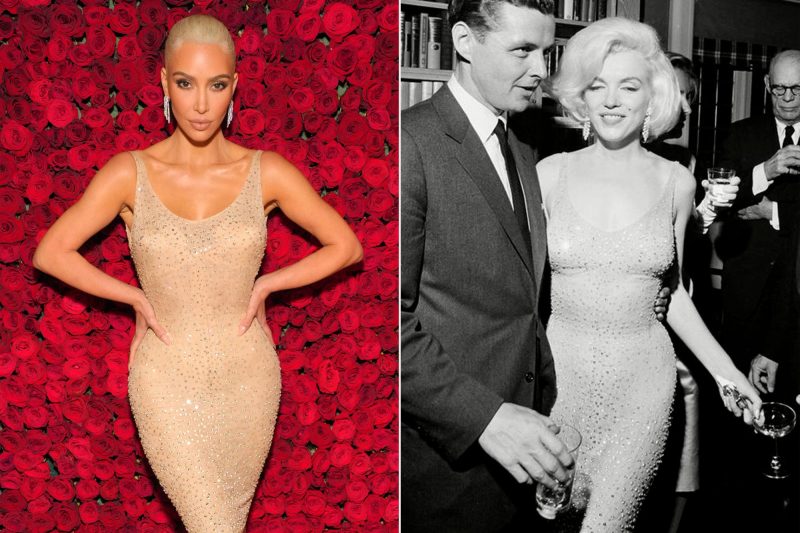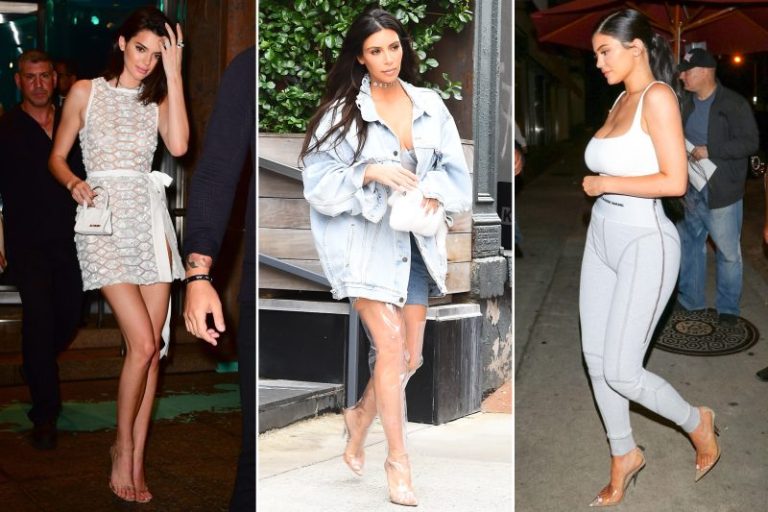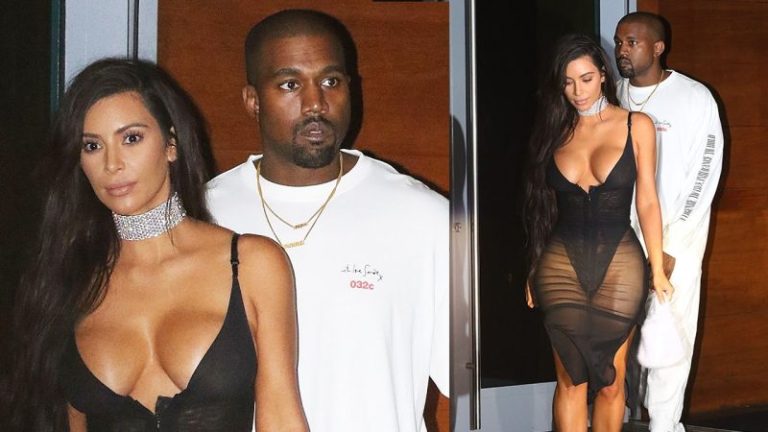Designers Refuse to Dress Kim Kardashian: A Bold Stand or Missed Opportunity?
Kim Kardashian, the influential reality TV star and entrepreneur, has long been a fashion icon, known for her distinctive style and daring fashion choices. However, in recent years, a surprising trend has emerged in the fashion industry – designers refusing to dress this influential celebrity. This controversial stance has sparked widespread debate, with opinions varying from applauding designers for taking a stand to criticizing them for missing out on a golden opportunity.
The Power of Kim Kardashian’s Influence
There is no denying that Kim Kardashian possesses an unparalleled power to influence trends and shape public perception. With a massive following on social media platforms and an influential presence in the fashion world, her choices are seen and emulated by millions worldwide. Her impact on the fashion industry cannot be underestimated, and her endorsement can transform a designer or brand’s fortunes overnight.
A Bold Stand Against the Kardashian Phenomenon
Some designers argue that their refusal to dress Kim Kardashian stems from a desire to distance themselves from what they perceive as a manufactured celebrity culture. They argue that dressing her would compromise their artistic integrity and dilute their brand identity. By refusing to dress Kim, they believe they are making a bold stand against the Kardashian phenomenon and staying true to their own creative vision.
Additionally, these designers may see dressing Kim Kardashian as a risk to their reputation. Her controversial image and association with reality television may not align with their brand’s desired image or target audience. By refusing to dress her, they maintain control over their brand’s narrative and ensure that their designs are associated with a certain level of exclusivity and taste.
Missed Opportunities and the Bottom Line
However, critics argue that designers refusing to dress Kim Kardashian are missing out on significant opportunities. With her immense reach and influence, dressing her could provide unparalleled exposure and access to a vast audience. By rejecting this collaboration, designers may inadvertently be ignoring a chance to expand their brand’s visibility and attract new customers.
In an increasingly competitive fashion industry, where exposure and visibility are crucial, refusing to dress someone as influential as Kim Kardashian can be seen as a missed opportunity. Moreover, it raises questions about the nature of creativity and artistic expression – should designers limit themselves to dressing only those who align with their personal beliefs, or should they embrace the challenge of working with diverse personalities and tastes?
A Need for a Middle Ground
Perhaps the solution lies in finding a middle ground. Designers could consider collaborating with Kim Kardashian while setting boundaries that align with their brand’s values. By working closely with her, they can maintain creative control and ensure that their designs are showcased in a way that reflects their brand’s essence.
Furthermore, this trend of refusing to dress Kim Kardashian raises broader questions about inclusivity in the fashion industry. Some argue that it perpetuates an elitist culture, where only a select few are deemed worthy of wearing certain designer labels. In an era where diversity and representation are increasingly valued, this refusal may be seen as regressive and exclusionary.
Conclusion
The issue of designers refusing to dress Kim Kardashian is complex and multifaceted. While some applaud this as a bold stand against manufactured celebrity culture, others perceive it as a missed opportunity for exposure and growth. Perhaps the solution lies in finding a middle ground where designers can maintain their artistic integrity while embracing diverse collaborations.
Ultimately, the fashion industry should continuously challenge itself to be more inclusive and embrace a broader range of influencers and personalities. Only by doing so can it truly reflect the diverse tastes and desires of a global audience.






